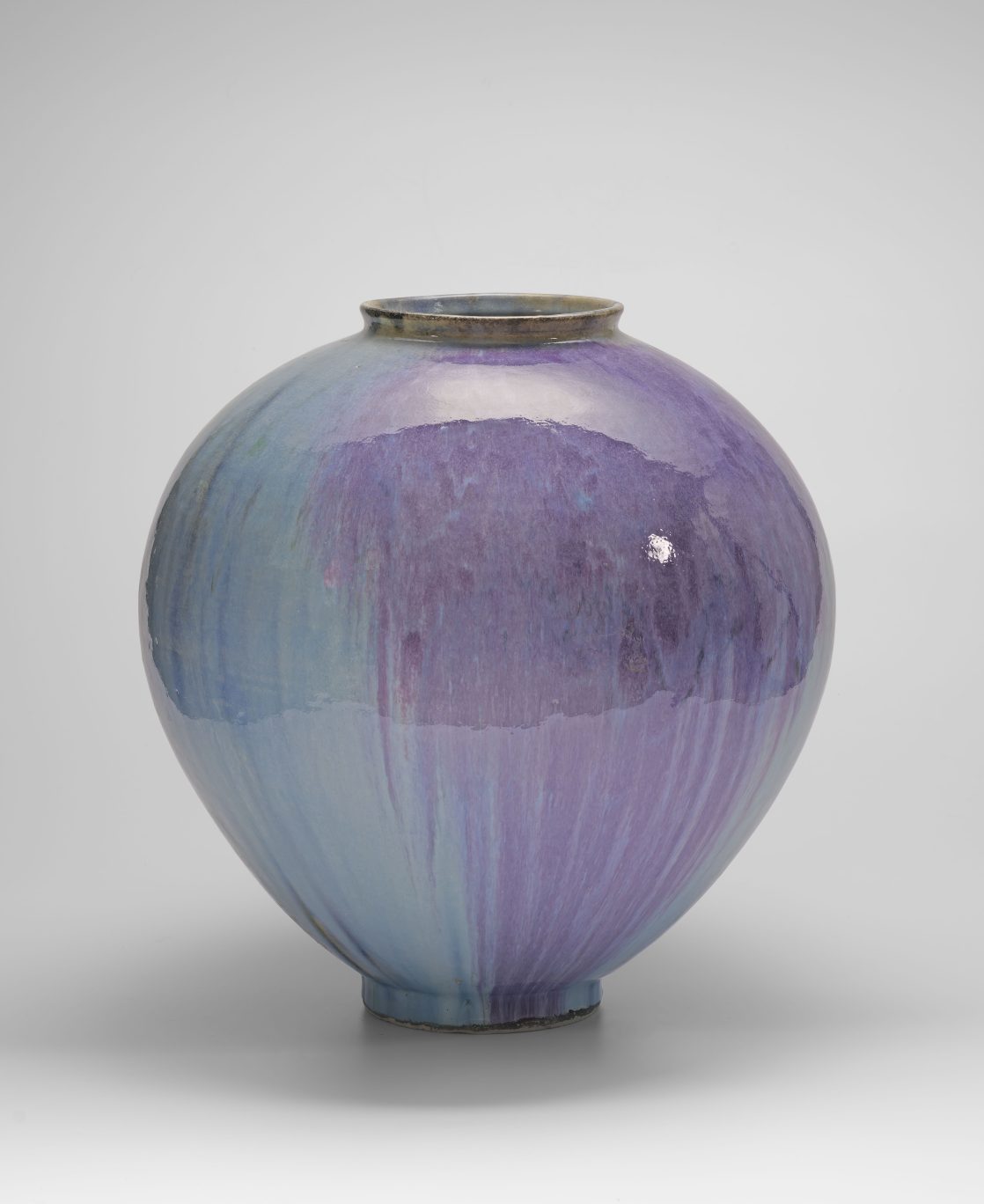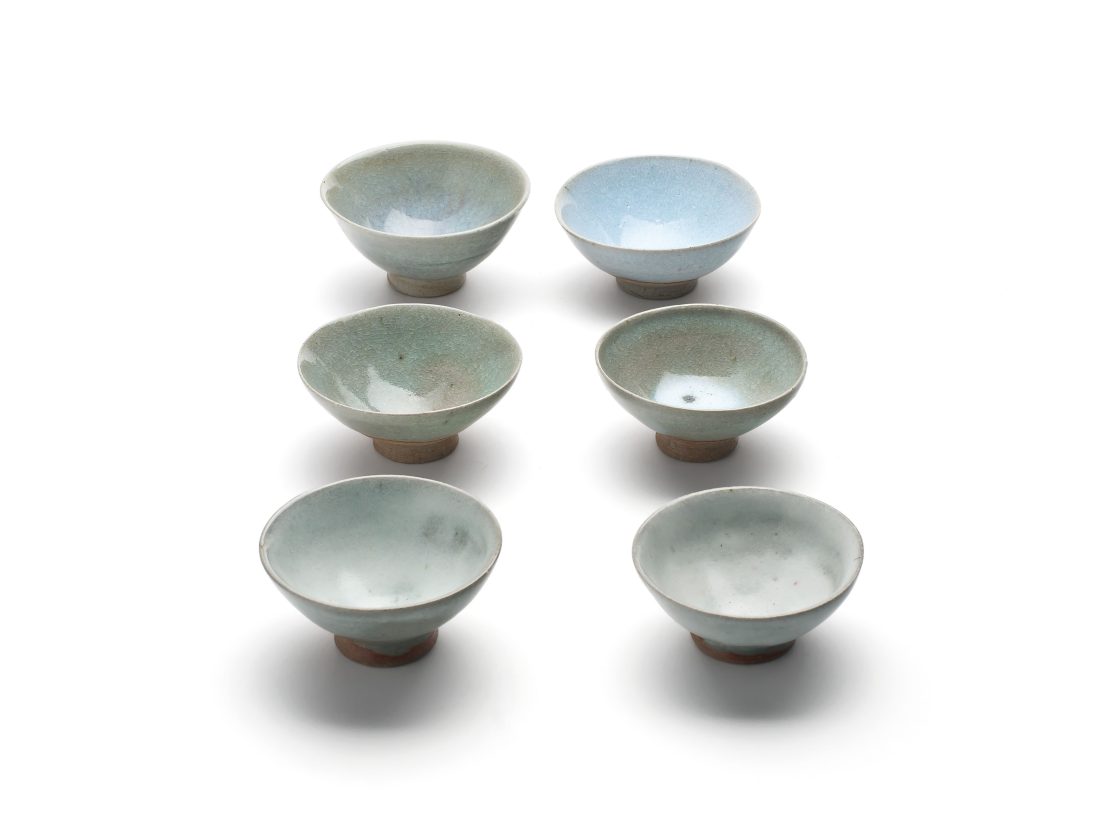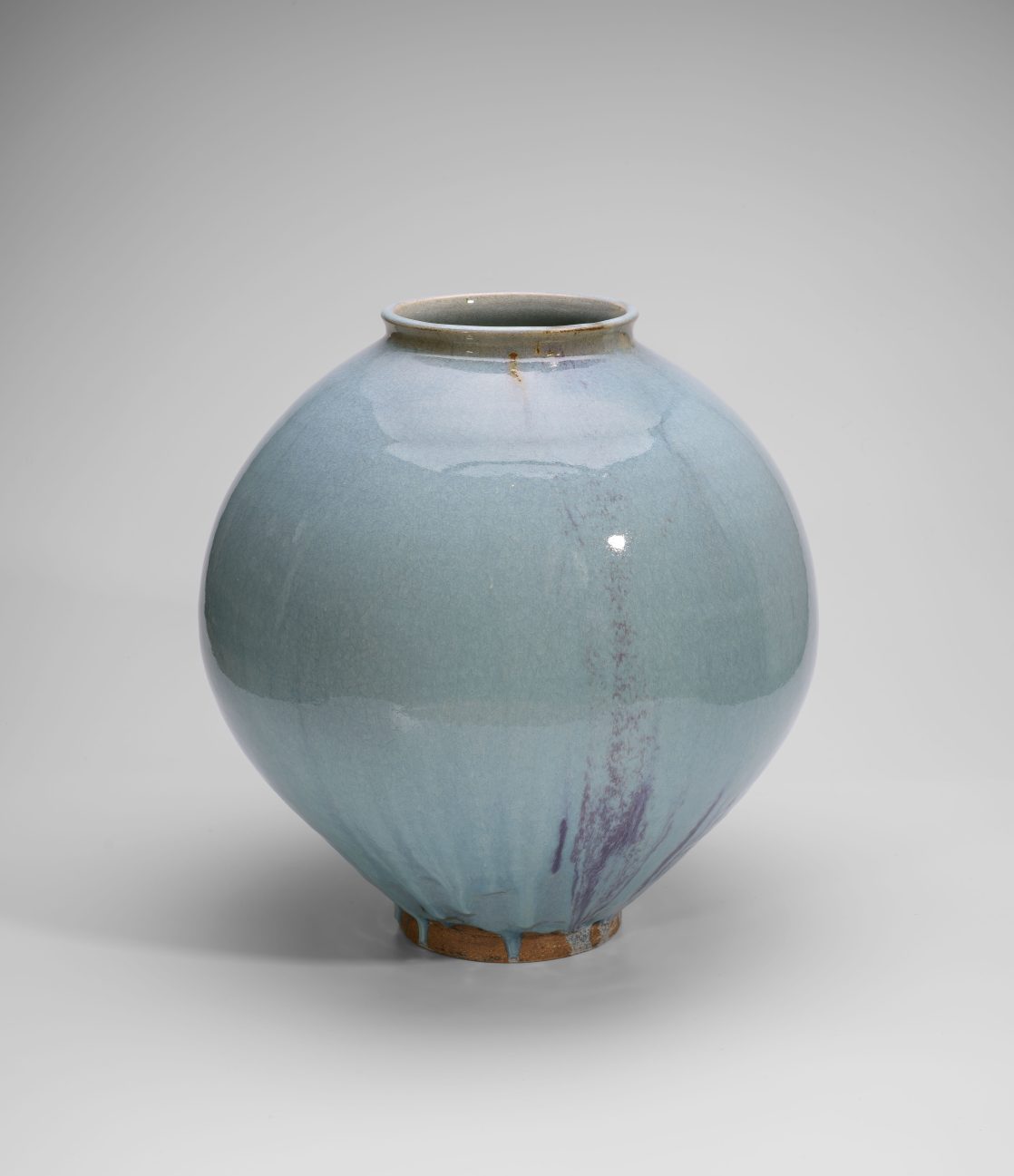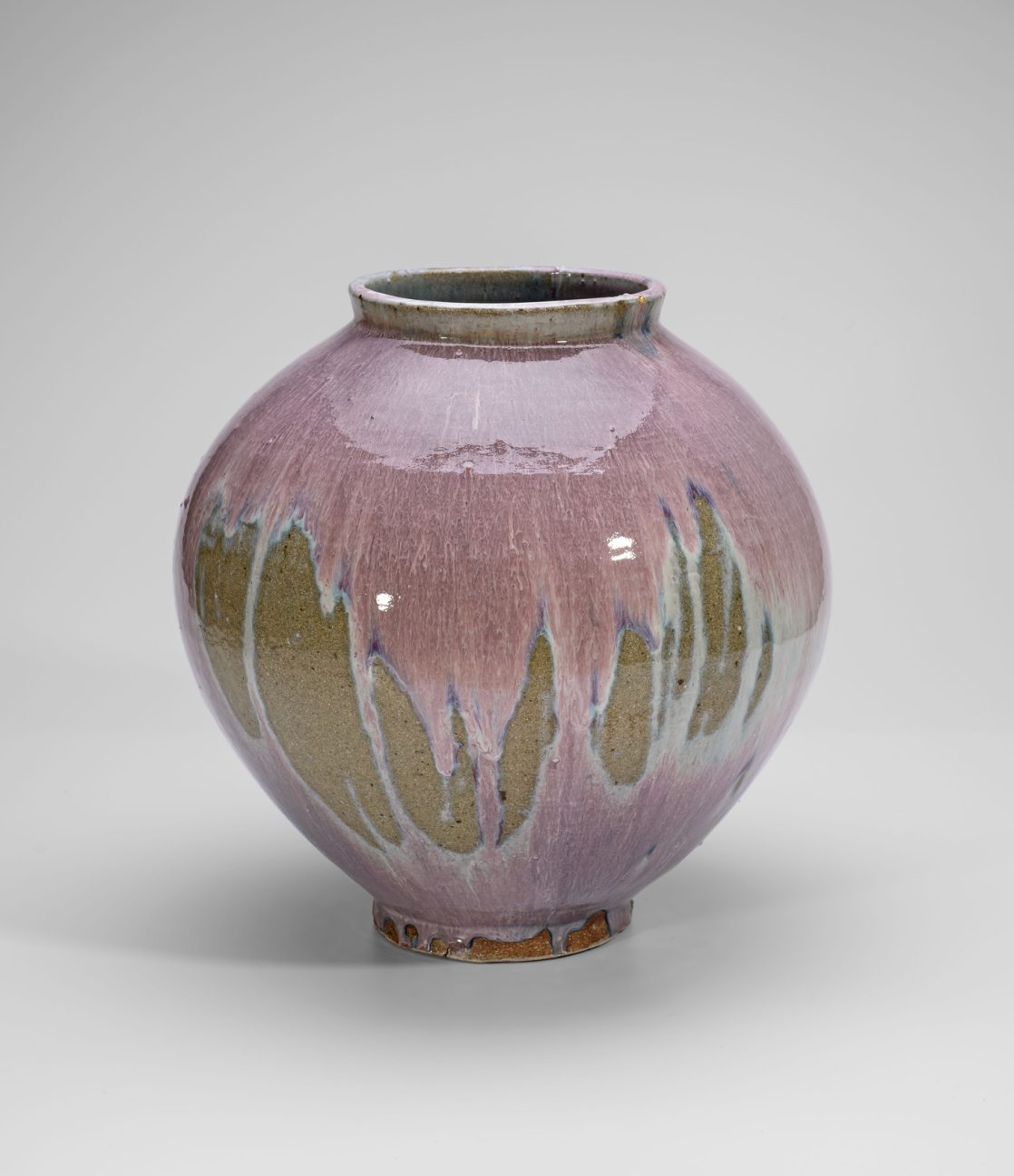Welcome to Ceramic Review
Ceramic Review is the magazine for contemporary and historical ceramics, ceramic art and pottery.
Ceramic Review Issue 334
July/August 2025
Ceramic Review is the magazine for contemporary and historical ceramics, ceramic art and pottery.
July/August 2025
Michel François shares his ash glaze recipe and his reverence for the tradition of the moon jar
Ash glazes fascinate me. Once burned down, the minerals from the tree are present in the ash. It is as if the entire life of that tree (it could be up to 100 years old) can manifest itself in the glaze. These minerals create prisms that, when layered, filter and diffuse the light, emanating myriad colours.
In April 2009, while working at the Leach Pottery in St Ives, fellow potter Jacob Bodilly fired a batch of ash-glazed pots with a rare horse chestnut ash. Instead of coming out dark brown or muddy, as is customary, the work was a superb milky white. The luminescence and elusiveness of these pots inspired me to start my own journey of research into tree ash glazes.
Motivated by what I saw coming out of the kiln that day, I discovered that hardwood ashes respond better in colour than softwood ashes. I found that washing the ash well got rid of the excess carbon, enhancing the purity of the glaze prisms. These findings on ash glazes contradicted the conventional beliefs in Western pottery often found in books or through discussions with other potters.
I am passionate about teaching and empowering others on their own journey of discovery with ceramics and I am happy to share a good starting-point glaze recipe to encourage readers in their own explorations.

Over the past 20 years, I have dedicated myself to marrying form, clay bodies and ancient glazes through a rediscovery process that has involved extensive research, much trial and error and hundreds of reduction firings.
I am often asked: ‘Oh, you have such beautiful glazes – what’s the recipe?’ My own personal glaze recipes, however, are not always the safest reference point for others without a deeper understanding of my process. I take significant liberties and embrace risks, sometimes suffering losses as a result. For those interested in experimenting with ash glazes, I hope the starting recipe can serve as a guide while they develop their own approaches.
The moon jar shape, with its vast expanse and dynamic form, seemed well-suited to long cascades of glaze made with tree ash. I set about devising ash glaze recipes that would enhance this. I wanted a glaze with a lot of movement, one that could change colour according to how thickly it was layered. I found that bracken, heather and branches in general were very responsive due to their high calcium content. I knew that in Korea, rice straw ash is regarded as one of the best ashes for this reason but it was not readily available to me.

That is when I discovered willow. Willow was wonderful in glazes and every pot exceeded my expectations; sadly, it is hard to come by. Once a year, I am able to obtain willow ash from the burning pile of failed baskets from the workshop of Lin Lovekin, a talented basket-weaver. She grows her own willow on her land here in Cornwall.
I like the idea of using willow ash from baskets, as one theory suggests that the very first pots in prehistoric times were, in fact, baskets layered with clay to carry water. As they were discarded on the fire, the clay hardened and turned to pot fragments, which may have sparked the idea for the invention of pottery.

In 2017, my Falmouth studio was featured on KBS Korean television in a programme about European artists inspired by Korean art. This led to an invitation from UNESCO-awarded Master moon jar maker, Professor Young Gi Seo. Making the moon jar in Korea, I learned to listen to the clay in a different way. I will always be very grateful for this enriching and transformative artistic experience, full of cultural exchange.
By 2019, this unique collaboration culminated in a joint show at the National Korean Craft Museum in Cheongju, as well as a three-month residency of Master Young Gi Seo at my Falmouth studio to prepare for our joint show, Cornwall to Korea, curated by Dr Matthew Tyas at the Leach Pottery Museum in St Ives.
In 2020, while exhibiting at Collect with Studio Pottery London, I had the pleasure of meeting Jin Soo Park, director of the Han Collection. This resulted in an invitation to contribute in 2021 to a group exhibition in London at the Han Collection, entitled Moon Jar: A Piece of Happiness, alongside contemporary Korean moon jar artists Kim Syyoung, Shin Gyoungkun, Song Gijin, and British makers Adam Buick and Lisa Hammond. As a non-Korean artist, I appreciate and understand the moon jar from a Western perspective. To me, it represents the aspiration of every craftsperson – an unselfconscious purity of form and intention.

The moon jar is also a work of art with universally recognisable appeal, standing at the intersection of pottery and sculpture, as it is thrown, assembled and fully turned. I see the moon jar as a graceful, harmonious and peaceful community pot. Noble in presence, it is imbued with symbolic meaning. Rising up from the earth, it reaches fullness at its middle, then rises again towards the heavens, where it holds itself. It is said that to make a good moon jar, it should be made with such generosity of spirit that one could put the universe inside it.
For the full recipe, subscribe and get instant digital access
For details visit michelfrancois.com; @michelfrancoisporcelain
